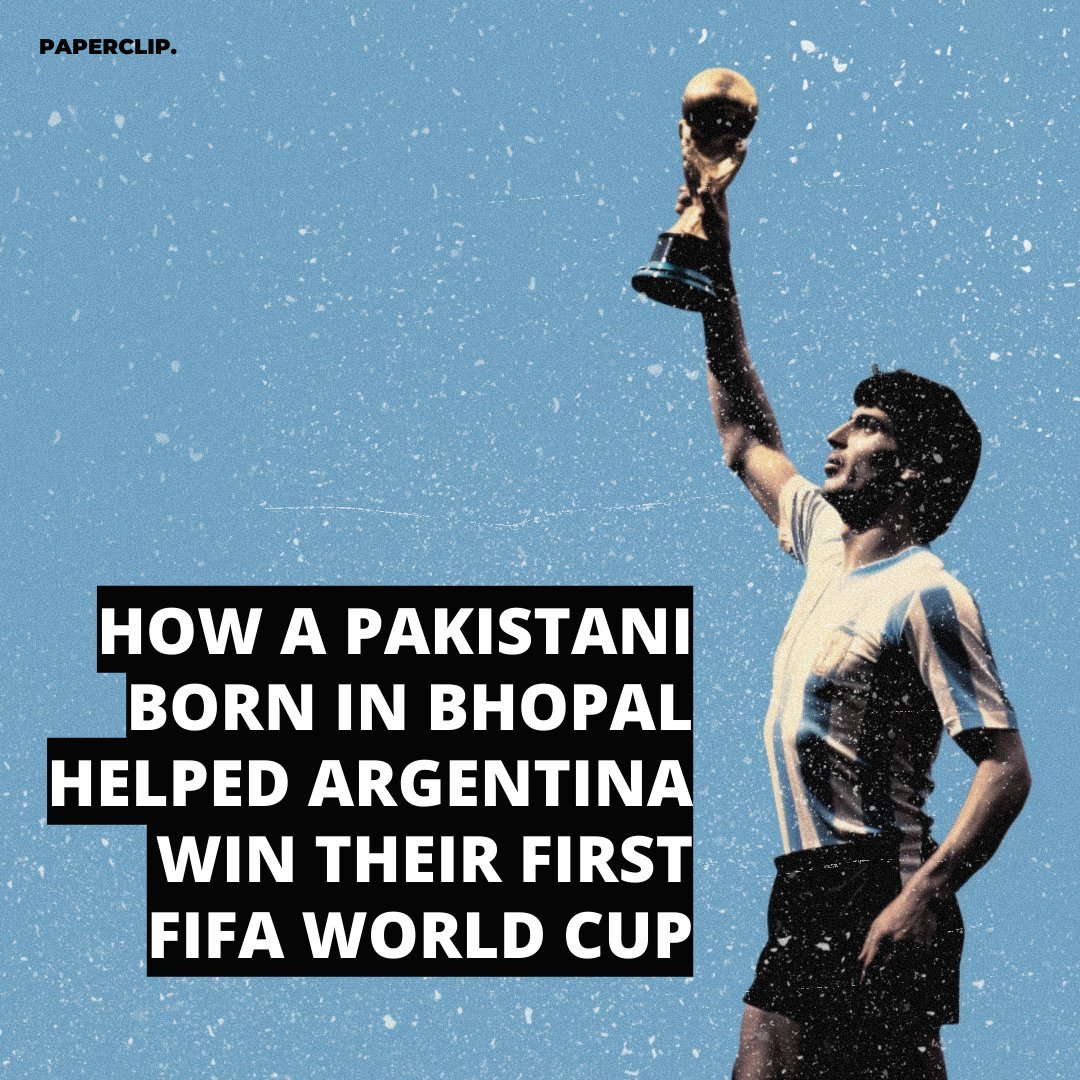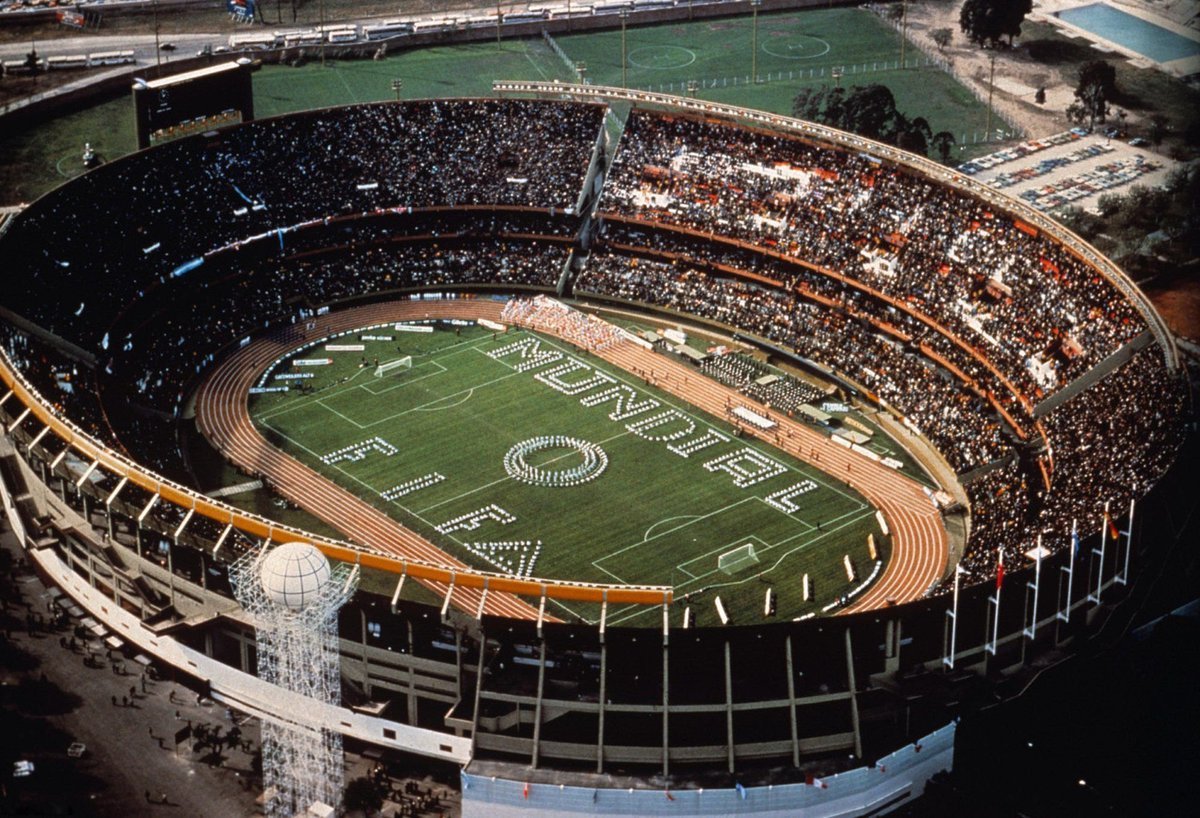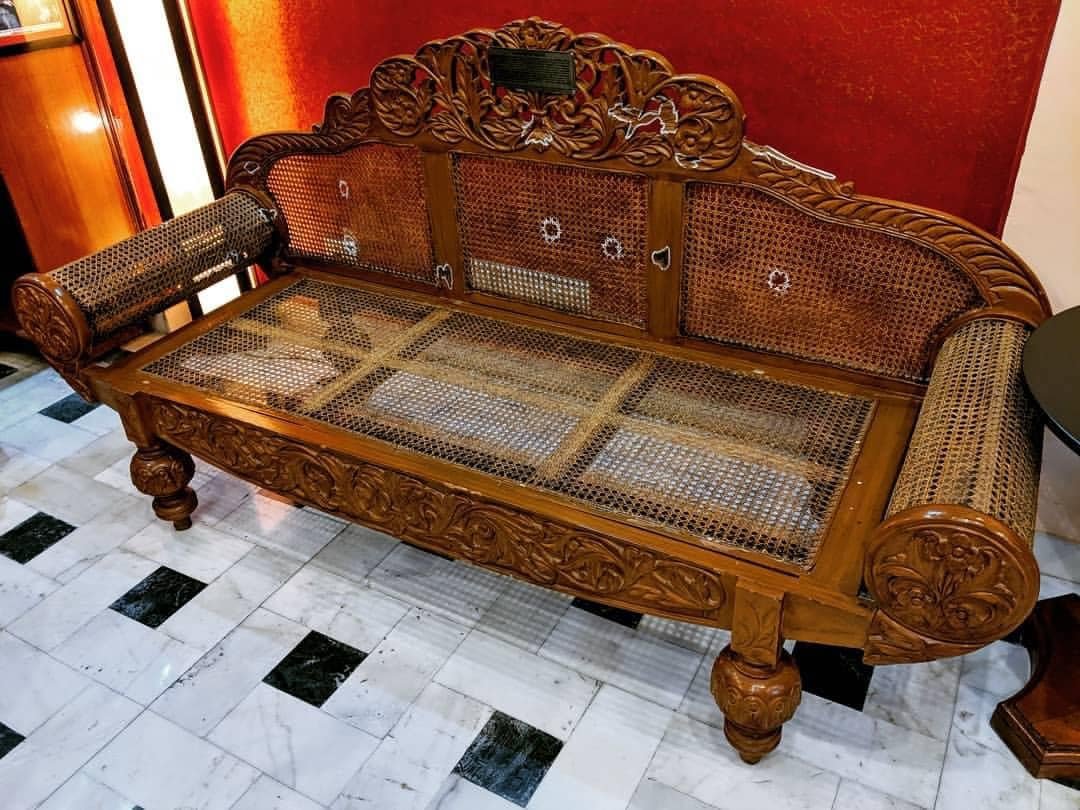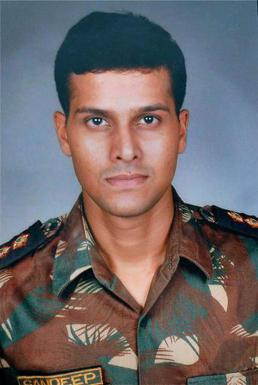A short thread on how nationalistic sentiments came to engulf Madras’ theater world in the early 20th century creating a long-lasting legacy of using the stage as a medium of protest. #WorldTheatreDay 1/n 

India at the beginning of the 20th century was beaming with nationalist fervor and anti-colonial sentiments and it was showing itself in all forms, especially in forms of performing arts and theatre. 2/n
Though Bengal was considered a pioneer in protests through the stage, it was not long before other regions of the country started using it as a medium. 3/n 

Tamil theatre from its onset with its blend of Parsi and European influence created a niche for itself, showcasing plays on various social and contemporary topics. However, it was not isolated from the freedom movement that engulfed the country during the early 20th century. 4/n 

One of the early protagonists of the protest theatre was S.S.Viswanatha Dass. Dass was a powerhouse of an performer specializing in both male and female roles with a unique talent for singing. 5/n 

He was deeply affected by the barbaric act of Jallianwala Bagh in 1919. In his subsequent stage plays, his song பஞ்சாப் படுகொலை பாரில் கொடியது “Punjab massacre is the most horrible act on the earth” garnered a huge appeal among the masses. 6/n
In 1925 he was invited to sing at a sabha in Tuticorin where Gandhi was present. Dass was enthralled after the meeting, he accpted Gandhi’s offer of wearing khadi, and also made sure that his fellow actors started using khadi while portraying their characters on stage. 7/n
Soon the theatre’s of GeorgeTown became a hotbed of anticolonial activities. It became a common sight to see characters in plays such as Kovalan, Valli Thirumanam, Harischandra Mayana Kandam being staged by various other theatre groups singing patriotic songs on stage. 8/n 

Dass is said to have been arrested multiple times on charges of sedition, even the mere act of signing a patriotic song sometimes landed him in jail. Other proponents of the movement were T.P.Krishnaswamy Pavalar, Subramania Siva & Subramaniya Bharathi. 9/n
Pavalar was working as a school teacher when in 1917 Annie Besant was arrested on charges of sedition, for Pavalar that was the final straw. His tryst with the stage started with Pammal Sambanda Mudaliar’s Suguna Vilasa Sabha (a theater group). 10/n 
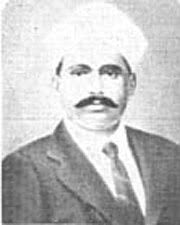
However, Pavalar soon started his own group The Pavalar Boys Company. The Boys Company performed patriotic plays such as, “Kadharin Vetri”, “Desiyakodi” and “Pathi Bhakti” across Tamil Nadu not only drawing huge crowds but also the ire of the authorities. 11/n
Palavar’s biggest success came when his Boys company performed Kadharin Vetri at the British Empire Exhibition in Wembley Park in 1924. It was a monumental achievement for a theatre group from India to stand up & showcase their prowess Infront of their oppressors. 12/n 

In 1947 the first bulletin of the All India Radio on 15th August proclaiming Independence was read out by Poornam Viswanathan, who later became one of Tamil stage’s most renowned personalities. 13/n
Post-independence stalwarts like C. N. Annadurai and M. G. Ramachandran all played their part in carrying forward protest theatre’s unique legacy, though for more contemporary political issues. 14/n 

Sources: madrasmusings.com, DiamondTamil.com, Old Indian Photos
• • •
Missing some Tweet in this thread? You can try to
force a refresh


